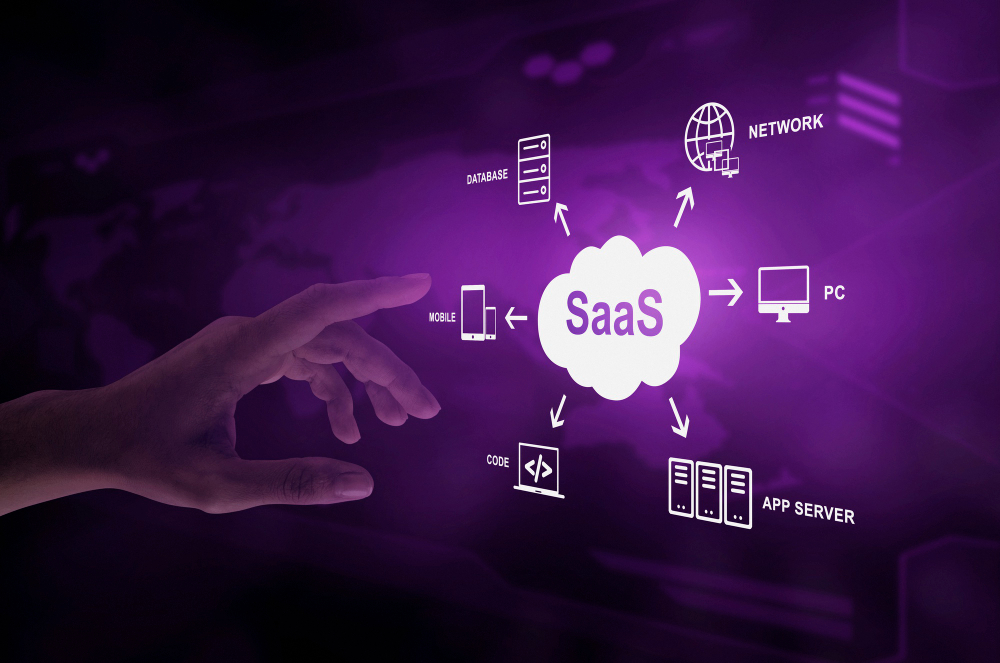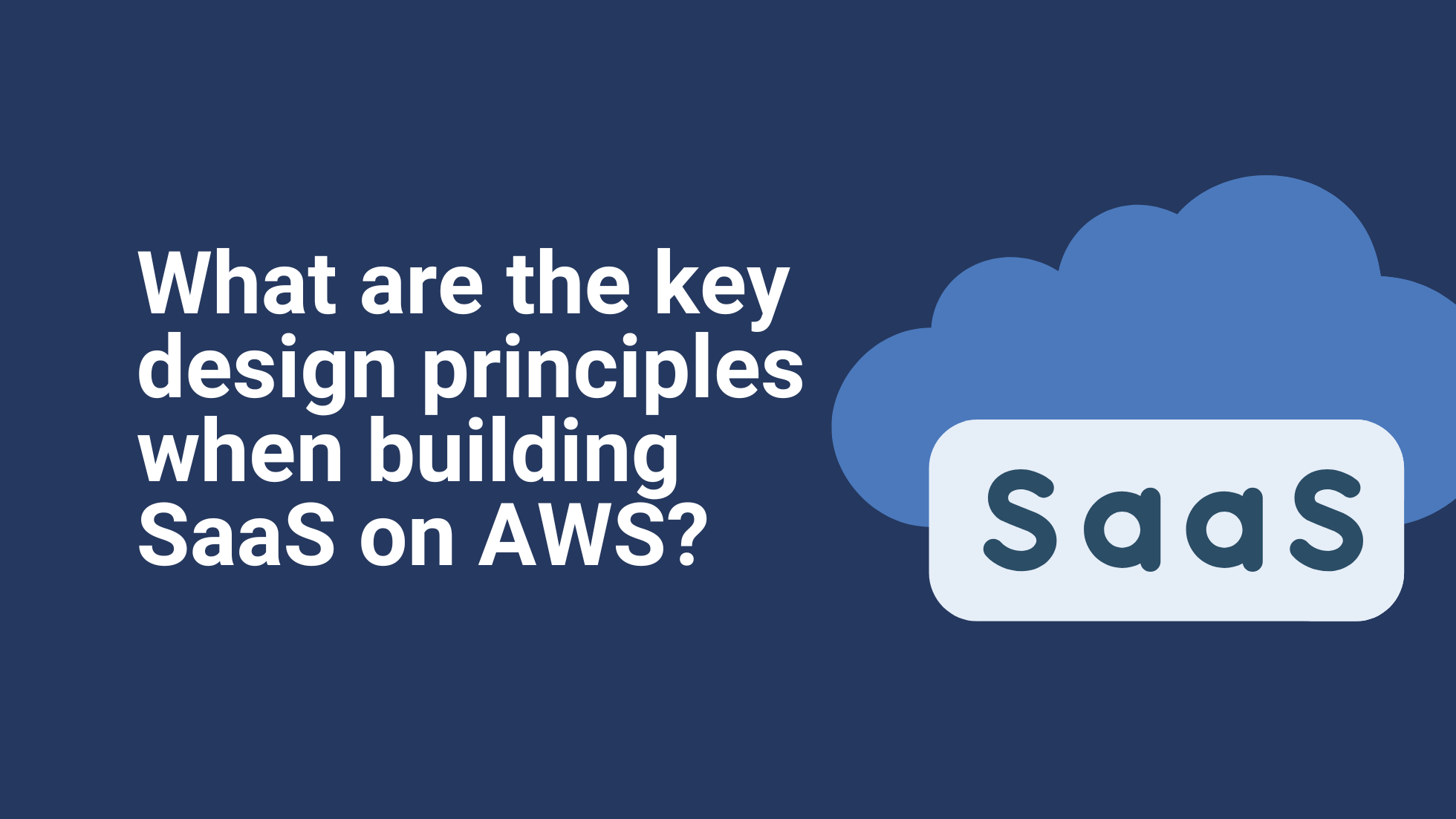Unleash the Power of SaaS: Embracing SaaS Competency
TL;DR: SaaS competency is crucial if you are seeking to leverage the benefits of Software as a Service. SaaS providers ought to be able to deliver modernized applications while reducing infrastructure costs, improving scalability, and enhancing security. The SaaS discovery process means putting SaaS providers to the test, ensuring that they can demonstrate expertise in managing your infrastructure, ensuring performance, and offering seamless integration.
Software as a Service (Saas) has seen dramatic growth in the last few years. Because SaaS products are often business operation applications (e.g., Salesforce, Salesforce, Atalassian, Shopify, or Zoom), even small businesses turn to them. Nearly 56% of SMBs are using five or more cloud-based applications to run their companies, with seven being the average number of apps in use across all respondents.
When it comes to growth, Gartner estimates that SaaS will maintain its dominance when it comes to public cloud services.
Not every SMB knows what to expect – or how to go about implementing SaaS products.
Why Shift to SaaS?
What’s the obsession with Saas?
The most common reason for selecting SaaS products is its scalability and cost-efficiency. SaaS rarely requires capital investments in infrastructure or hardware.
Instead, SaaS’ subscription based model allows particularly small businesses to scale up or down as needed based on their usage. SaaS is easily accessible through web browsers, they are often easy to deploy, and maintenance usually isn’t your problem.
Overall, SaaS has lowered the barrier to entry for small companies who have the opportunity to access enterprise-level software and other advanced solutions.
While access to SaaS is easier, how do you decide what resources or business operations are most suited to SaaS?
What Shifts to SaaS?
How do you decide which applications are suited to SaaS – because not everything is.
Chances are that some of your business applications are housed in on-prem data centers, some are housed in a private or public cloud, and others are legacy applications written for outdated operating systems or hardware platforms.
SaaS platforms tend to offer fairly standard features. If you rely on highly customized software applications with complex integrations and many legacy systems, SaaS might not be for you. There will be too many configurations or excessive customization that make the SaaS product not worth the ROI.
But if you don’t fall into this category, consider some of the next steps in your SaaS discovery journey.
SaaS Discovery Process
SaaS discovery is the process of identifying and evaluating your existing business applications to determine their suitability for migration to a SaaS model. Some will and some won’t.
The discovery process involves assessing the current state of your applications, understanding their dependencies, and analyzing their compatibility with a SaaS delivery model.
Generally, these are the steps in the SaaS discovery journey:
1. Application Inventory: Documenting the applications you have, their functionalities, underlying technologies, how old they are, and is there any associated data?
2. Application Analysis: What are the components, how are they integrated to other applications, are there dependencies?
3. Business Requirements: What business problems do the applications need to answer, what kind of security is needed, what level of performance does it need, does it need to scale, does it need customization?
4. Technical Assessment: How much data storage is needed, how will data be accessed, is there customization or configuration required?
5. Cost Analysis: What does it cost to move to a SaaS platform versus maintaining legacy systems or your current infrastructure?
6. Risk Assessment: What are challenges associated with migrating to a SaaS model, including data security, vendor reliability, and disruptions to your workplace and your customers?
Is Your SaaS Vendor Competent?
Once you have decided it’s time to consider SaaS platforms, it’s time to do a deep dive into potential vendors. And the waters run deep.
SaaS competency not only means vendor reliability. In fact, it is much more than that.
It means that your vendor has the expertise, infrastructure, and capabilities to deliver applications as a service to you: managing the underlying infrastructure, security, scalability, and maintenance.
It also means that they can update or migrate (lift and shift) your existing applications to make them more efficient, scalable, and compatible with modern technology trends. And that involves re-architecting applications to leverage cloud-native technologies, adopting microservices architecture, containerization, implementing DevOps practices, and more.
Here are some criteria to look at when evaluating SaaS vendors for SaaS competencies:
1. Scalability: Can the provider demonstrate their ability to scale to accommodate your growth, ensure high availability, performance, and reliability of the software?
2. Security: How robust are their security measures to protect your data and ensure compliance with industry standards and regulations?
3. Infrastructure: What kind of data centers, network capabilities, and disaster recovery plans do they have?
4. Service Level Agreements (SLAs): How clear are their SLAs ? Do they outline their level of service and support, uptime guarantees and response times for issue resolution?
5. User Experience: How seamless is the experience for users? Is latency minimized latency? Are there user-friendly interfaces?
6. Innovation: Are they improving, innovating, issuing new releases, enhancing their features and fixing bug?
7. Integration: How easily will the new application integrate with other systems you have, including seamless data exchange?
8. Compliance: Does the vendor adhere to the relevant compliance standards (SOC2, HIPAA) or other industry-specific regulations that protect data privacy?
9. ROI: What are their pricing models and is it worth it to invest in the process?
Your SaaS Strategy and How Ibexlabs Can Help
The SaaS discovery and selection process can be overwhelming, but Ibexlabs can help you develop a business strategy that maximizes cloud opportunities rather than simply implementing cloud migration without forethought.
Our 4 step process starts with these important steps:
✔️ Assess: Optimize your inventory and develop strategies and recommendations for modernization
✔️ Architect: Map out the end-to-end architecture based on functional and non-functional requirements
✔️ Develop: Accelerate development and integration with existing systems
✔️ Deploy: Automate service provisioning and deployment.
We will work with you to identify SaaS products that most suit your needs, isolate the applications with the best ROI for modernization, and get your infrastructure cloud-ready (e.g., IaaS AWS and security toolsets).
Our streamlined process helps you achieve results at breakneck speed so that you can innovate, compete and grow.
Continuous integration, continuous iterative delivery, continuous automated deployment, and continuous regression testing are at the heart of our agile-focused process.
Ibexlabs has proven experience and know-how to quickly build and deploy SaaS platforms so that your ROI is guaranteed.
If you are looking to start your SaaS discovery, contact Ibexlabs today.









